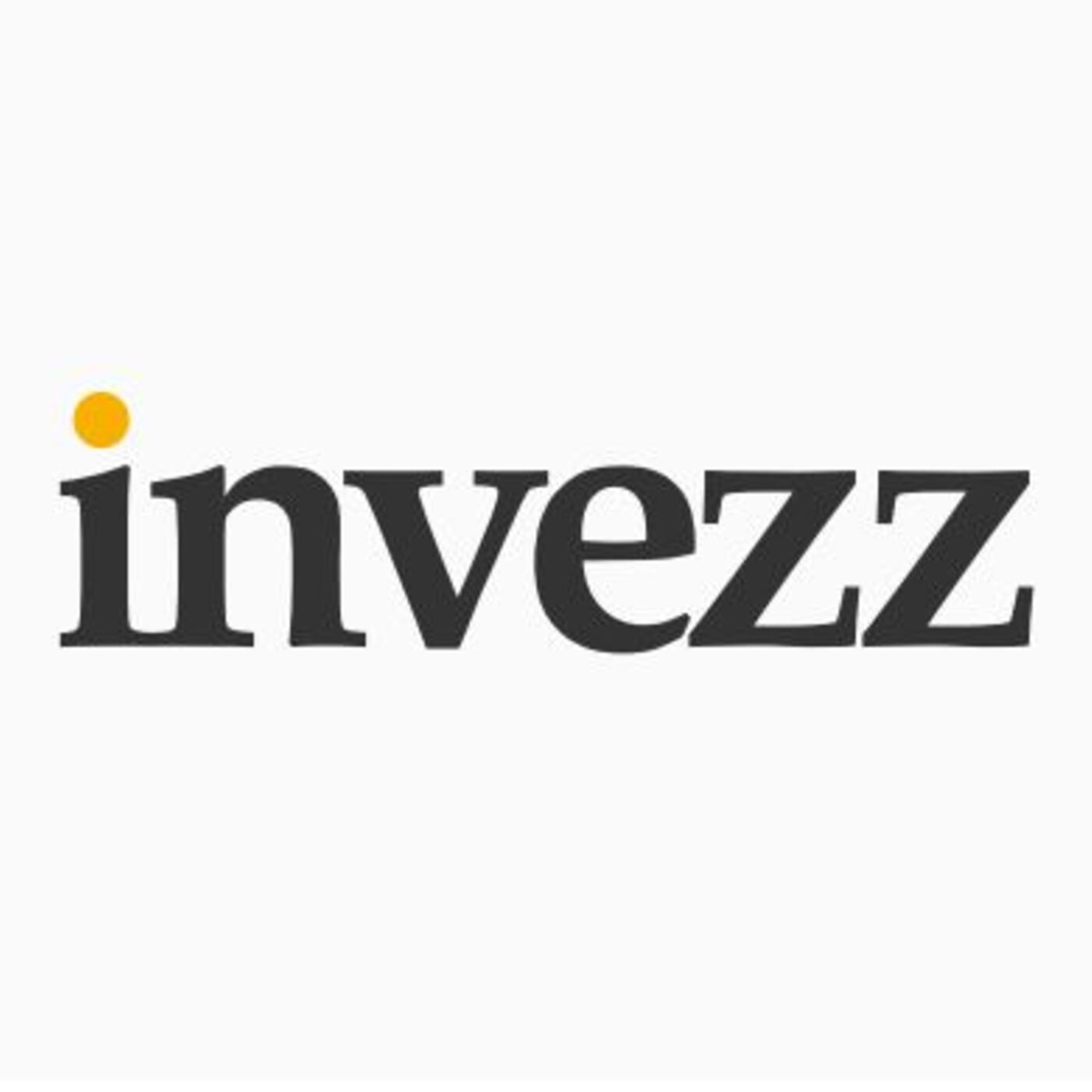Jumper Exchange Adds AI-Native L2 Routing Support and Publishes Research Brief on AI-Optimized Scaling
0
0

Berlin, Germany, November 7th, 2025, FinanceWire
Jumper Exchange today announced new routing support and optimizations for AI-native Layer 2 infrastructure, alongside the release of a research brief titled “AI-Native Layer 2 Infrastructure: The Future of Blockchain Scaling.” The update enhances liquidity aggregation across specialized AI networks and adjacent ecosystems, helping users bridge and swap more efficiently when deploying or interacting with AI-driven applications.
Blockchain networks purpose-built for artificial intelligence workloads are gaining traction. The reason? Traditional chains often struggle to economically handle AI-level computation at scale due to gas costs. Cross-chain aggregators now serve as the connective tissue between these specialized networks and the broader crypto ecosystem, with platforms like Jumper Exchange routing transactions across multiple blockchain environments.
The cost problem comes first. Running AI models on Ethereum mainnet during peak congestion has pushed gas fees past the hundred-dollar mark for complex operations – though typical costs sit lower. AI-native L2s tackle this head-on. According to Metis documentation and benchmarks, Hyperion reports up to 30% execution-cost reductions via JIT compilation paired with AI coprocessor support. The testnet went live in May 2025, with Metis-reported benchmarks targeting over 1 gigagas per second. Most general-purpose L2s typically post lower effective throughput on comparable workloads.
The technical architecture diverges sharply from conventional chains. In these designs, parallel transaction processing is used instead of strictly sequential execution, allowing multiple AI operations to run at once. Metis materials state Hyperion includes native support for TensorFlow, PyTorch, and ONNX – so developers can often deploy existing models with minimal or no code changes. NEAR describes its Agent Interaction and Transaction Protocol as enabling verifiable AI interactions and autonomous contract execution. Both approaches recognize that general-purpose blockchains lack the infrastructure for AI workloads.
Cross-chain movement has become non-negotiable. Hyperliquid, a Layer 1 focused on derivatives trading, reported open interest peaking above $5.6B on May 11, 2025, around the Hyperbridge rollout, with activity remaining elevated through the summer. Getting capital onto Hyperliquid means bridging from other chains first. Traders who need to bridge to Hyperliquid commonly use aggregators to surface efficient routes across competing bridge protocols.
Market research firms peg the blockchain AI sector at $680.89 million for 2025, with projections climbing to $4.34 billion by 2034 – a 22.93 percent compound annual growth rate. Real applications are driving those numbers. Zero-knowledge proofs enable privacy-preserving AI computations, letting models crunch sensitive data without exposing it on-chain. Ocean Protocol and SingularityNET represent the early wave of decentralized AI marketplaces where developers monetize models and users access AI services outside centralized platforms.
Jumper Exchange’s materials highlight cross-chain aggregation as an increasingly essential infrastructure as assets flow across dozens of networks. The platform states it connects to 50+ networks and aggregates liquidity from 20+ bridge protocols and 20+ decentralized exchanges (counts can vary by integration/date snapshot).
Ethereum L2 networks processed millions of daily transactions in 2025; many fees often land in the low-cents range, and some chains sometimes dip below $0.01, depending on load. AI-native L2s push those volumes higher by unlocking use cases that were economically unfeasible before. Whether on-chain AI can displace centralized services hinges on delivering both performance and cost efficiency. Early benchmarks look promising, but the ecosystem remains in flux.
About Jumper Exchange
Jumper Exchange operates a multi-chain liquidity aggregator that connects users to over 50 blockchain networks. The platform integrates with more than 20 bridge protocols and 20 decentralized exchanges to provide cross-chain swapping and bridging services. Jumper focuses on route quality, minimizing slippage, and simplifying UX for advanced use cases, including AI-oriented workflows.
Contact
Nikola Kljajić
SERPRise d.o.o
nicholas@serprise.agency
The post Jumper Exchange Adds AI-Native L2 Routing Support and Publishes Research Brief on AI-Optimized Scaling appeared first on Invezz
0
0
 Manage all your crypto, NFT and DeFi from one place
Manage all your crypto, NFT and DeFi from one placeSecurely connect the portfolio you’re using to start.




